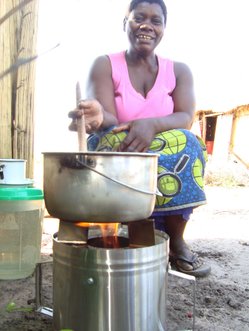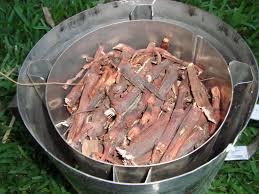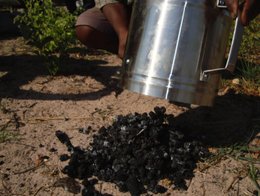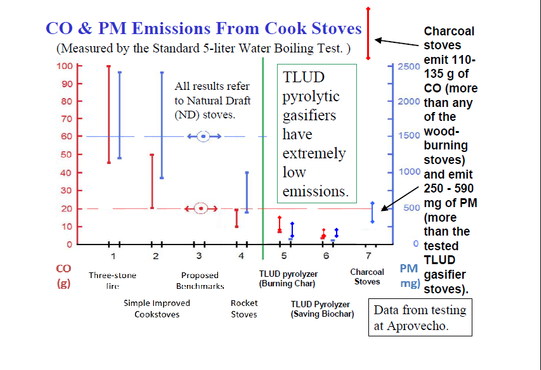NIDECO
Norwegian International Development Company AS
913157427MVA
Biomass stove
The biomass stove is so called TLUD (Top Lit Upwards Draft) type, a multi-fuel-biomass gasifier, using gasification to burn dry bio mass. The cooker burns gases released in the combustion process, and can use any small pieced dry biomass, but works best with bio pellets.
After the flame is finished the stove can be emptied, and by sprinkling the used fuel with sand or water the result is biochar, which can be used efficiently to improve the soil and increase agricultural production by up to 4 times.
The biomass stove is efficient, and requires up to 70% less fuel compared to traditional cooking methods. It works without smoke and could therefore have a positive effect on the health of the whole family resulting in less respiratory and eye infections and burns. It could also have a positive effect on agriculture and deforestation.
The biomass stove is suitable for urban as well as rural households.
Technical specifications
The stove is produced from flat sheetmetal, formed into an inner chamber and an outer mantle. A bottom plate is inserted and four legs keep the uniform gap between inner and outer cylinder
It can use any dry biomass like groundnut shells, maize cobs and rice husks, but works best with bio pellets.
No smoke in operating temperature
The left over fuel (Biochar) can be used to improve the soil in agriculture
The stoves are available in 3 and 6 L sizes
More technical information on request.
Test Results Showing the Emissions from TLUD Compared to Other Types of Cook Stoves and Open Fire (Three Stone) Cooking





